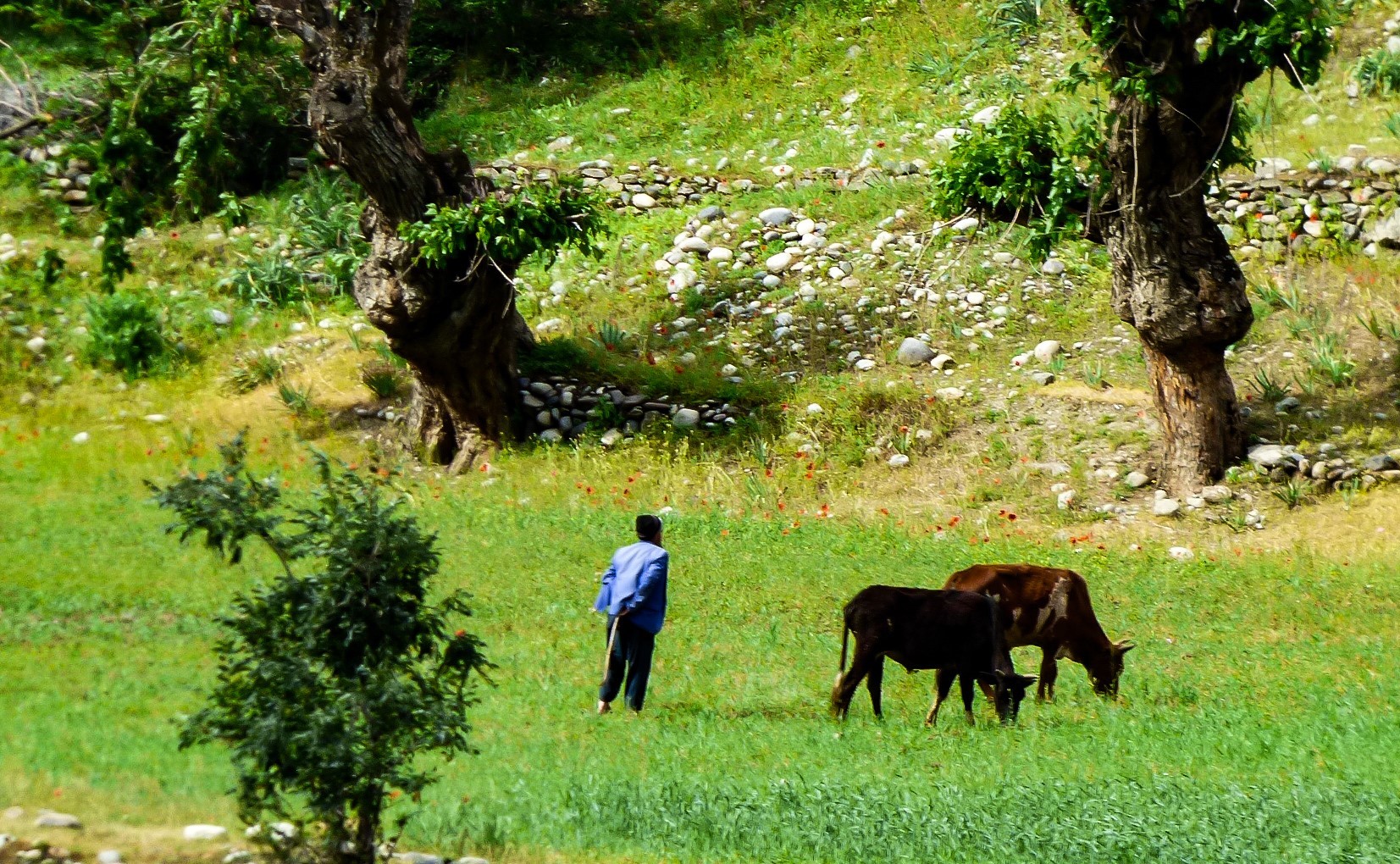Yesterday, our Garden hosted a seminar on "Managing grassland biodiversity by grazing - case studies and problems," led by Péter Török, Ph.D., Professor of the Polish Academy of Sciences. In his presentation, Professor Török presented the current state of knowledge on the possibilities and problems of using grazing for shaping biodiversity in grassland areas.
The research presented here suggests that year-round or traditional grazing with low stocking densities are most suitable for maintaining rich biodiversity in large and structurally rich areas, while more controlled and targeted grazing is more suitable for small areas.
Maintaining the high biodiversity of grasslands, heathlands and peatlands is therefore only possible if the relevant decision-making bodies effectively support traditional agricultural practices, while not focusing solely on compensating for the potential loss of income.
In addition, the results of Prof. Török's research indicate that the choice of animal type is the most crucial in conservation, but for the proper functioning of the ecosystem and high variability of traits, the appropriate intensity of grazing must also be carefully adjusted.
The main conclusions presented by the speaker indicated that spatial-temporal variation in grazing intensity appears to be necessary to meet the needs of a wide range of taxonomic groups and ecological features, especially fauna.
Dr. Marcin Kotowski
post
post
2022-12-01 13:14:03


